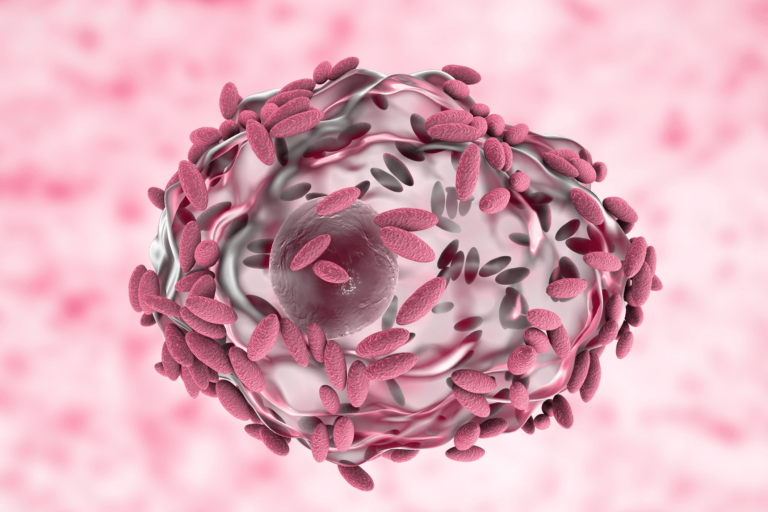Uterine Abnormalities During Pregnancy

What Does a Normal Uterus Look Like?
The uterus, commonly known as the womb, is an organ with a pear-like shape, situated in the pelvic area. In a typical case, the uterus measures approximately 7.5 cm in length, 4.5 cm in width, and 3 cm in depth. For women who have given birth, the uterus may be slightly larger.
The uterus consists of three main parts:
- The Fundus: This is the upper rounded section, located between the fallopian tubes.
- The Body (Corpus): The middle and largest section, making up about two-thirds of the uterus.
- The Cervix: The lower part that extends into the vagina.
However, some women may have a uterus that deviates in shape or structure from this norm, known as a uterine abnormality. Such variations are fairly common, with studies suggesting that at least 1 in 18 women have some type of uterine abnormality.
How Do You Know If You Have a Uterine Abnormality?
Many women are unaware of having a uterine abnormality until they face challenges with conceiving or experience a miscarriage, prompting further investigation. It’s estimated that about 1 in 13 women seeking fertility assistance and 1 in 8 women undergoing evaluation for recurrent miscarriages discover they have a uterine abnormality.
A common condition, known as a retroverted uterus, is not considered an abnormality. This is when the uterus tilts backward towards the spine and does not typically affect pregnancy outcomes. Similarly, an arcuate uterus, which features a slight indentation at the top, is generally not associated with increased risks during pregnancy.
Also read: Late Miscarriage: Causes, Symptoms, And Support
Can You Have a Baby If You Have a Uterine Abnormality?
For the most part, having a uterine abnormality does not prevent pregnancy, but it may complicate carrying a baby to full term. The nature of the abnormality often dictates the extent of these complications, which may necessitate additional monitoring during pregnancy to ensure the best possible outcome.
Certain abnormalities are more prevalent in women who have experienced recurrent miscarriages. However, many women with these conditions still have the ability to carry a pregnancy to term.
Common Types of Uterine Abnormalities
- Septate Uterus: The most prevalent uterine abnormality, affecting about 1 in 45 women. It occurs when the uterus is divided by a septum, which may be partial or complete. This condition can increase the risk of miscarriage and other pregnancy complications.
- Bicornuate Uterus: Characterized by a heart-shaped uterus with a significant indentation at the top. Approximately 1 in 250 women have this condition, which is associated with a higher risk of miscarriage and preterm labor.
- Uterus Didelphys: In this rare condition, a woman has two separate uteruses, each with its own cervix. This condition affects about 1 in 350 women and may also involve two vaginas. It is linked to complications such as breech positioning and preterm labor.
- Unicornuate Uterus: A very rare condition, affecting about 1 in 1,000 women, where the uterus is half the usual size and has only one fallopian tube. It is more commonly seen in women with a history of miscarriage.
How Do Uterine Abnormalities Affect Pregnancy?
The impact of a uterine abnormality on pregnancy varies. While minor deviations may not pose significant risks, more pronounced abnormalities can increase the likelihood of complications such as preterm labor, miscarriage, or restricted fetal growth due to limited space.
A weak cervix, often associated with uterine abnormalities, can lead to premature labor or late miscarriage. This condition, known as cervical insufficiency, can sometimes be managed with medical intervention to strengthen the cervix.
Additionally, abnormal uterine shapes may affect the baby’s positioning during birth. For instance, a breech position (bottom-down) may occur more frequently, complicating the delivery process and potentially necessitating a cesarean section.
Coping with Pregnancy and Uterine Abnormalities
Knowing you have a uterine abnormality can cause anxiety, especially if you’ve had previous pregnancy complications. However, regular prenatal care and close monitoring by healthcare professionals can significantly improve your chances of a successful pregnancy.
It’s crucial to recognize the signs of premature labor and seek medical attention immediately if you suspect any issues. Always communicate openly with your healthcare provider, and do not hesitate to contact them with any concerns. They are there to support you and ensure the best possible outcome for you and your baby.
Conclusion
While uterine abnormalities can present challenges during pregnancy, many women with these conditions go on to have healthy pregnancies and deliveries. Understanding the specific nature of your uterine abnormality and working closely with your healthcare team can help manage risks and provide the best care for you and your baby.
Also read: Understanding Rectal Bleeding During Pregnancy






